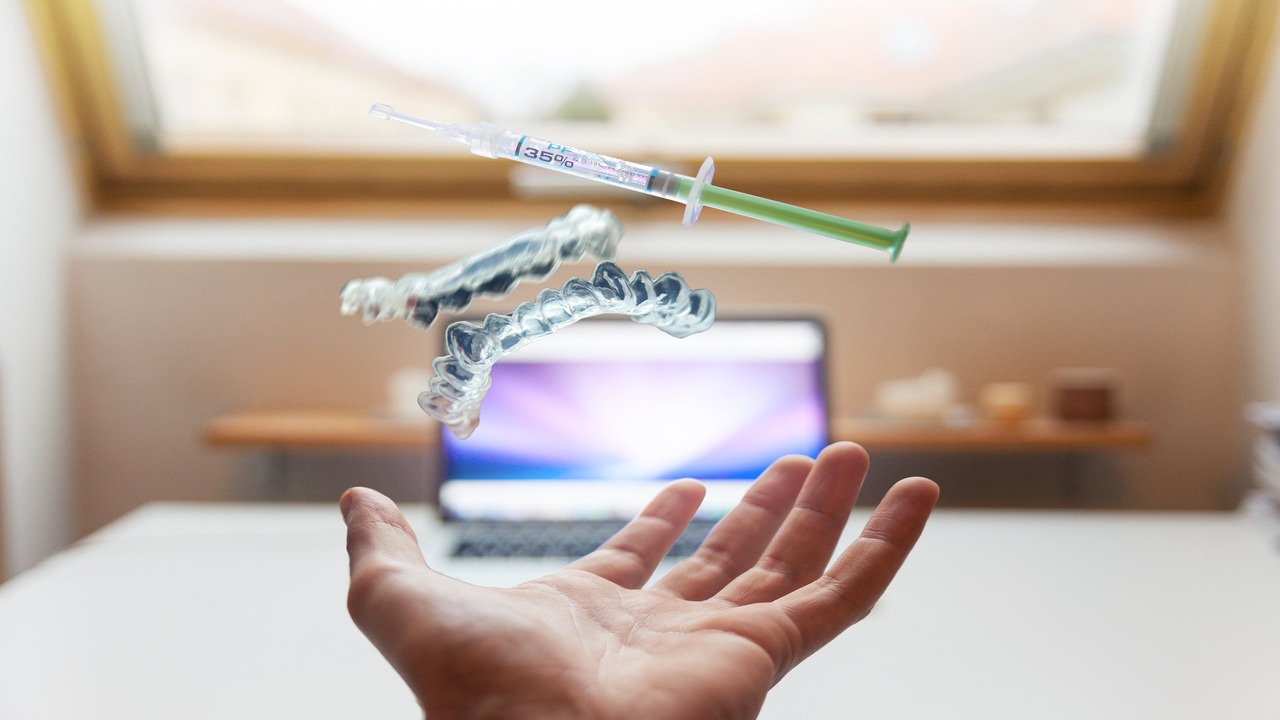Health (Commonwealth Union) – In last few years, 3D printing technology has made its way as a groundbreaking force, transforming industries across the board. One of the most remarkable and promising applications of this technology is in the field of medicine. From personalized implants to intricate anatomical models, 3D printing is revolutionizing healthcare, offering innovative solutions that were once thought impossible. Much of the existing 3D printing in medical applications has been outside the human body, however researchers have shown that 3D printing maybe applied even within the human body.
Patient-Specific Implants:
Traditional medical implants, such as joint replacements and prosthetics, have often been one-size-fits-all solutions. However, every patient’s anatomy is unique, leading to challenges in achieving optimal fit and functionality. 3D printing is changing this paradigm by enabling the creation of patient-specific implants tailored to the individual’s anatomy.
Surgeons can now utilize detailed imaging data, such as CT scans or MRIs, to design and manufacture implants that precisely match the patient’s body contours. This customization not only enhances the effectiveness of the implant but also contributes to quicker recovery times and improved patient outcomes.
Bio-Printing and Organ Transplants:
The concept of 3D printing extends beyond traditional implants to the realm of bio-printing, where living tissues and even organs are manufactured layer by layer. This transformative approach holds immense promise for organ transplantation, addressing the critical shortage of donor organs.
Researchers are making strides in bio-printing complex structures, including liver tissues, kidneys, and even heart components. While fully functional organs for transplantation remain a long-term goal, the ability to create tissue models for drug testing, disease research, and personalized medicine is already a reality.
Innovations in Surgical Planning:
3D printing facilitates the creation of highly detailed anatomical models, providing surgeons with invaluable tools for preoperative planning. These models, based on a patient’s specific anatomy, enable surgeons to visualize complex structures and practice procedures before entering the operating room.
This level of precision enhances surgical outcomes and reduces the risk of complications. From intricate neurosurgical procedures to orthopedic surgeries, 3D-printed models serve as tangible guides, improving surgical accuracy and patient safety.
Customized Medical Devices:
Beyond implants, 3D printing is instrumental in creating customized medical devices. For example, hearing aids can now be tailor-made to fit the unique contours of an individual’s ear, improving comfort and functionality. Similarly, 3D printing is used to manufacture personalized braces, splints, and other orthopedic devices that conform precisely to a patient’s anatomy.
Orthopedic surgeons are leveraging this technology to produce patient-specific guides and instruments for joint replacement surgeries. These guides enhance the accuracy of implant placement, leading to better outcomes and reduced complications.
Dental Applications:
The dental industry has embraced 3D printing for a range of applications. Dental implants, crowns, and bridges can be custom-designed and fabricated with precision, ensuring a perfect fit for each patient. 3D printing also plays a role in orthodontics, where customized clear aligners are manufactured to gradually correct misalignments, providing a more comfortable and aesthetically pleasing alternative to traditional braces.
Challenges and Future Prospects:
While 3D printing in medicine has achieved remarkable milestones, challenges such as material biocompatibility, regulatory considerations, and the need for standardized practices still exist. Researchers and healthcare professionals are actively addressing these challenges to further advance the field.
The future of 3D printing in medicine holds exciting possibilities. As technology continues to evolve, we can anticipate further breakthroughs in bio-printing, the development of more advanced materials, and expanded applications in areas like drug delivery and personalized pharmaceuticals.
The integration of 3D printing in medicine marks a transformative era in healthcare, where precision, customization, and innovation converge to benefit patients worldwide. From revolutionizing surgical planning to creating bio-printed tissues, the impact of 3D printing resonates across diverse medical disciplines. As technology continues to advance, the synergy of 3D printing and medicine promises to redefine treatment paradigms.








